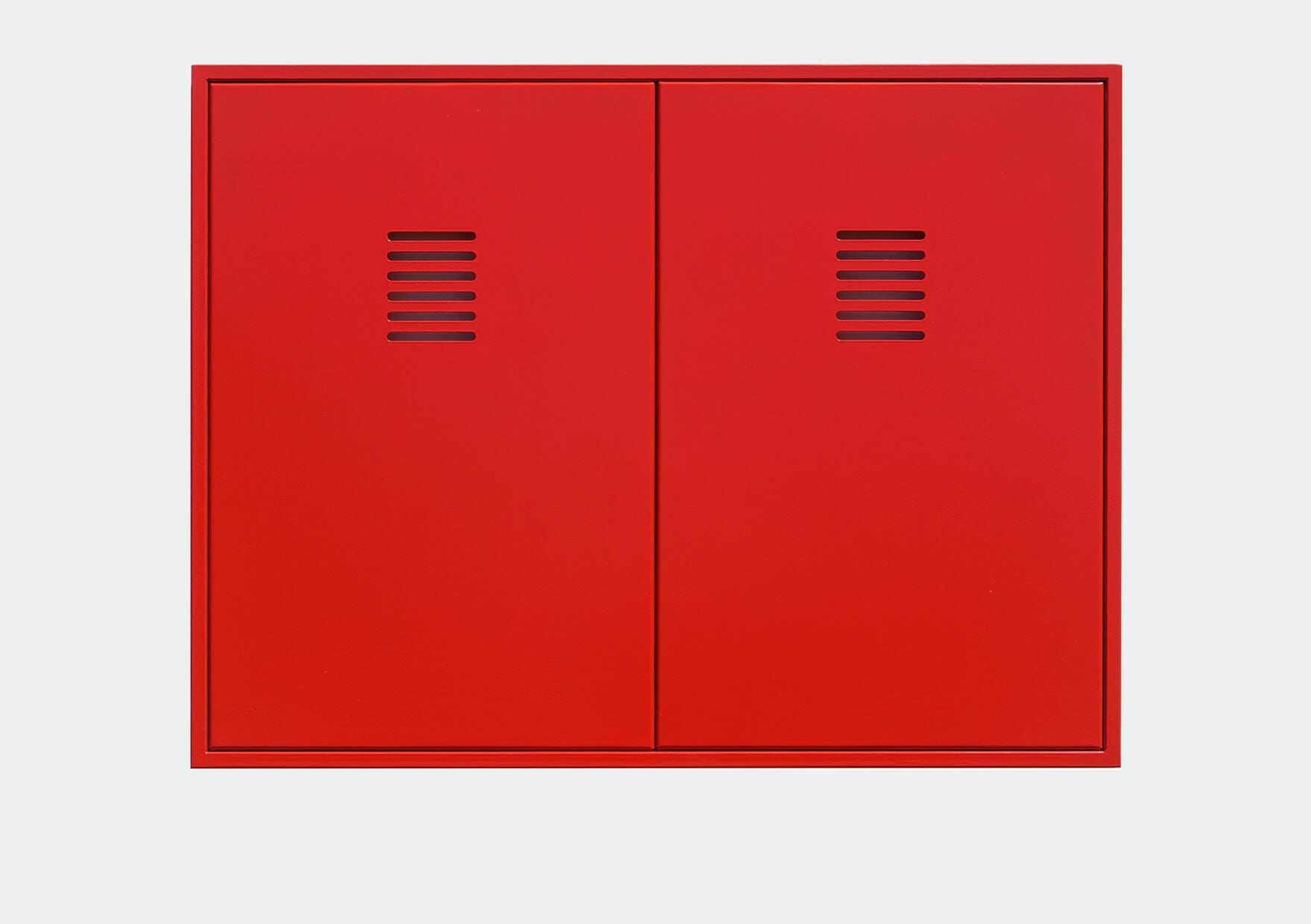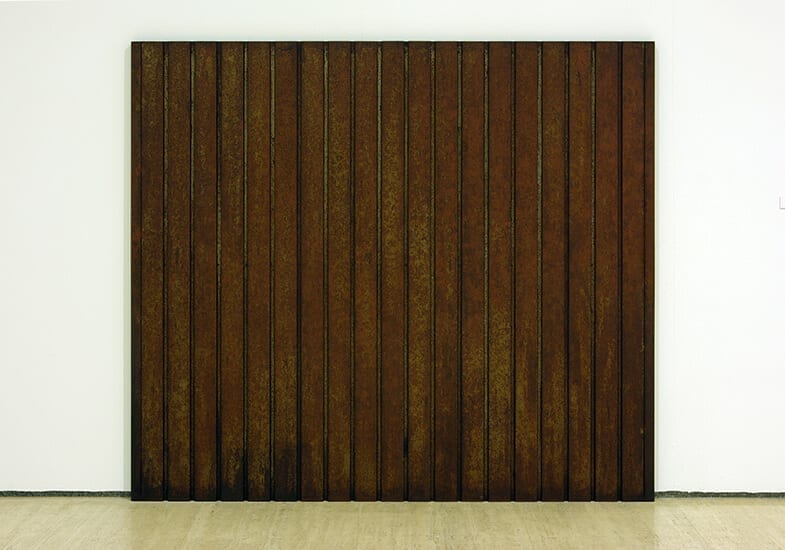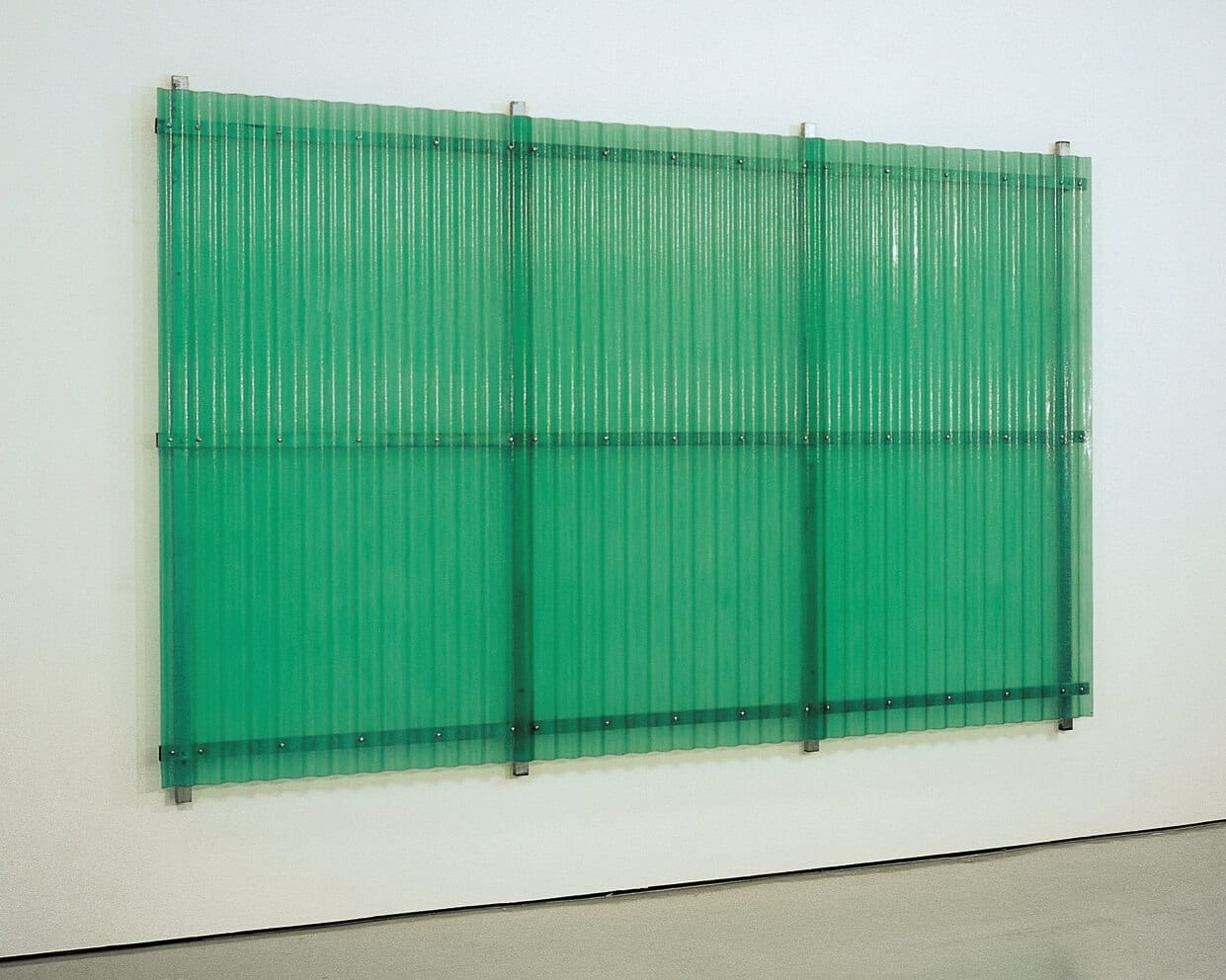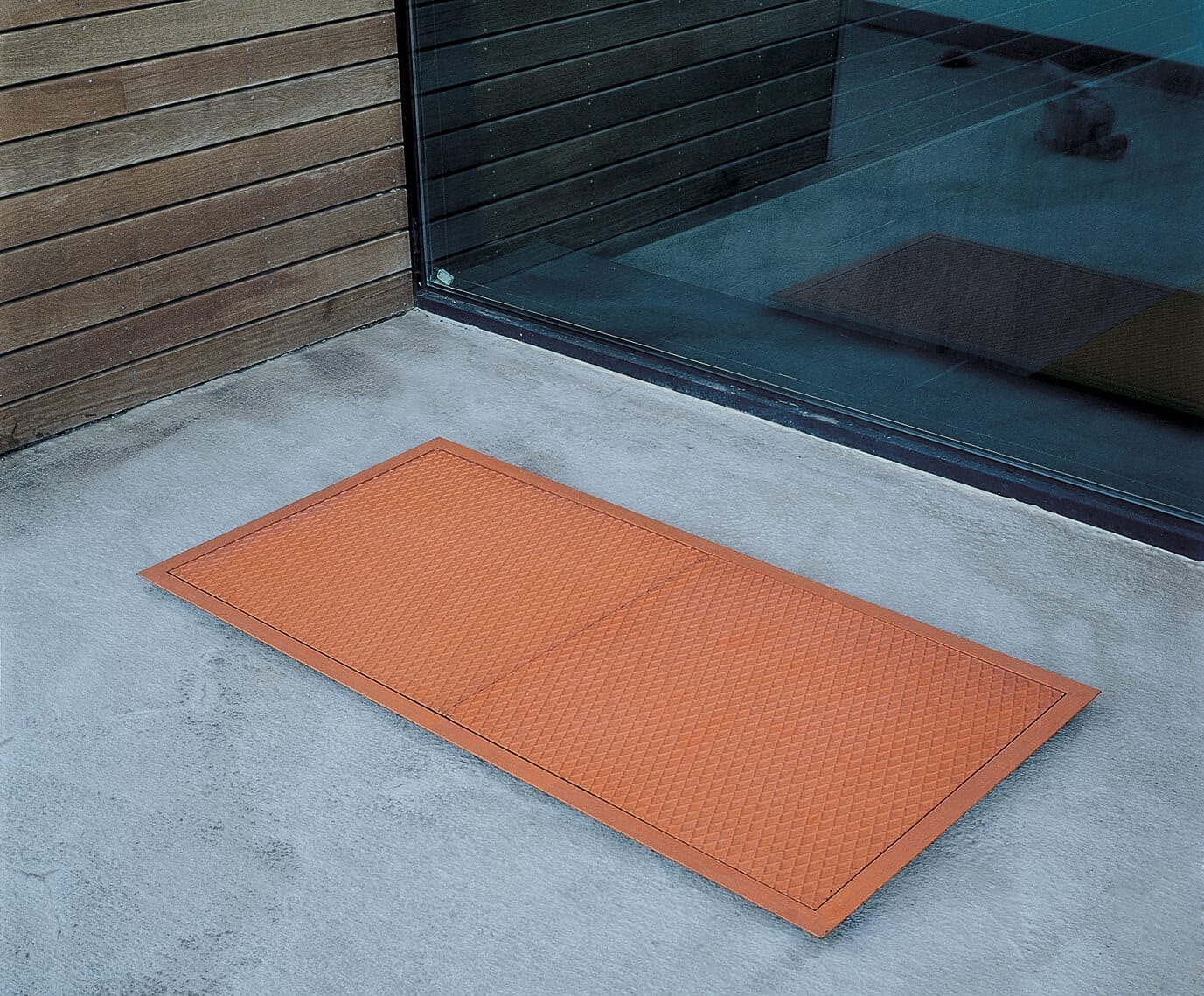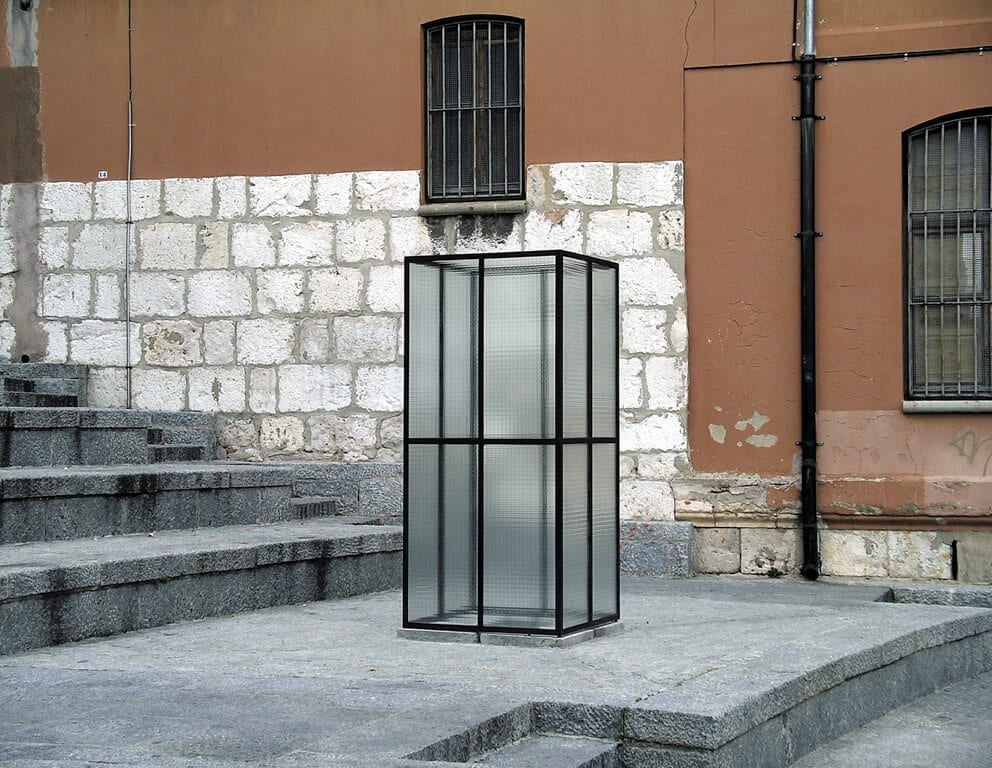Guillermo Lledó
Madrid, 1946
His work includes drawing, painting, sculpture, installation and photography, always related to the theme of built space and urban environment. His sculptural works, of a strong objectual character and blunt physical presence, contain elements that allow them to be seen also as representations. His artistic ideology is presented in his doctoral thesis “En los límites de la representación” (At the boundaries of representation), published by the Universidad Complutense, Madrid.
“He has an artistic trajectory based on rigor, coherence and silence. They are works that teach to poetically enrich the daily experience, proposing a contemplative attentive look towards the anonymous and serial objects of the urban environment. His work is placed in a frame with industrial references. In his works, there is a paradoxical slippage between futility and functionality.” (Santiago Olmo). Until 1976 he devoted himself almost exclusively to urban hyperrealist painting, a theme he has not abandoned, although he has transformed both his working methods and his focus of interest. An important characteristic of his career is the materialization of the themes of his paintings into sculptures. His work is contained and austere, with a very selective criterion in the choice of materials. “His covers, his canopies, his fences, his translucent screens or his containers, his signs, his pallets, his booths, his skylights, are telling us about the city without naming it. It speaks to us of a kind of urban furniture, of a kind of what in the future will become industrial archaeology, which will define us in our everyday life through some brief elements of the urban”. (José Luis Martínez Meseguer).
Among his individual exhibitions, it is worth mentioning those held at Galería Egam
(Madrid, 1980, 1996 and 2005) and those of the Palacio Condes de Gábia (Granada, 1987), Galería Carles Poy (Barcelona, 1991,1994), Sala CAI Luzán (Zaragoza, 1995), Museo Barjola (Gijón, 1997), CAB Art Center (Burgos, 2006), Center of Contemporary Culture (Granada, 2013), Museo de la Universidad de Alicante MUA (Alicante, 2015) and Galería Formato Cómodo (Madrid, 2018). His work is represented in several public collections, such as Museo Nacional Centro de arte Reina Sofía (Madrid), Museum of Fine Arts, Boston (USA), ARTIUM (Vitoria), Museo Patio Herreriano de Arte Contemporaneo (Valladolid), Fundación La Caixa (Barcelona), Fundación Juan March (Madrid), Banco de España (Madrid), Fundación Telefónica (Madrid), Museo Patio Spain (Madrid), IAACC Pablo Serrano (Zaragoza), as well as in private collections of espíritu-materia (Madrid) and Tasman Projects (Madrid), among others.



